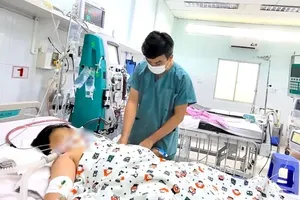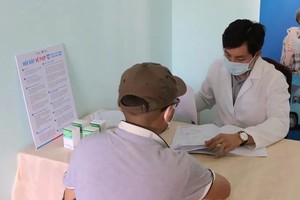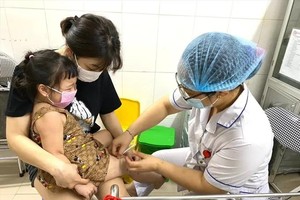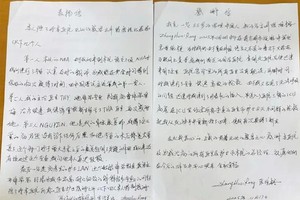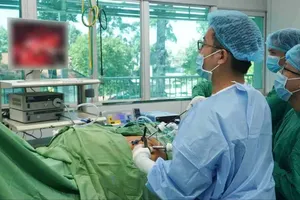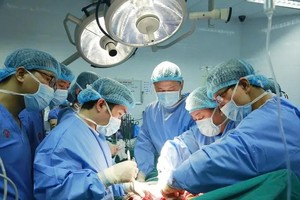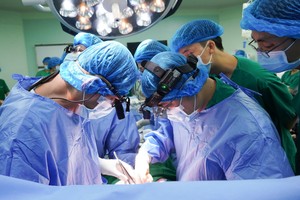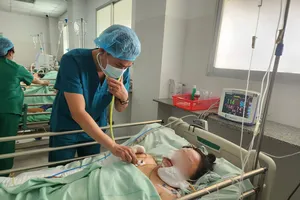Dr. Pham Thi Thanh, who works at Tuyen Quang Provincial General Hospital, often puts in 10 to 11 hours a day not including night shifts on weekends or holidays.
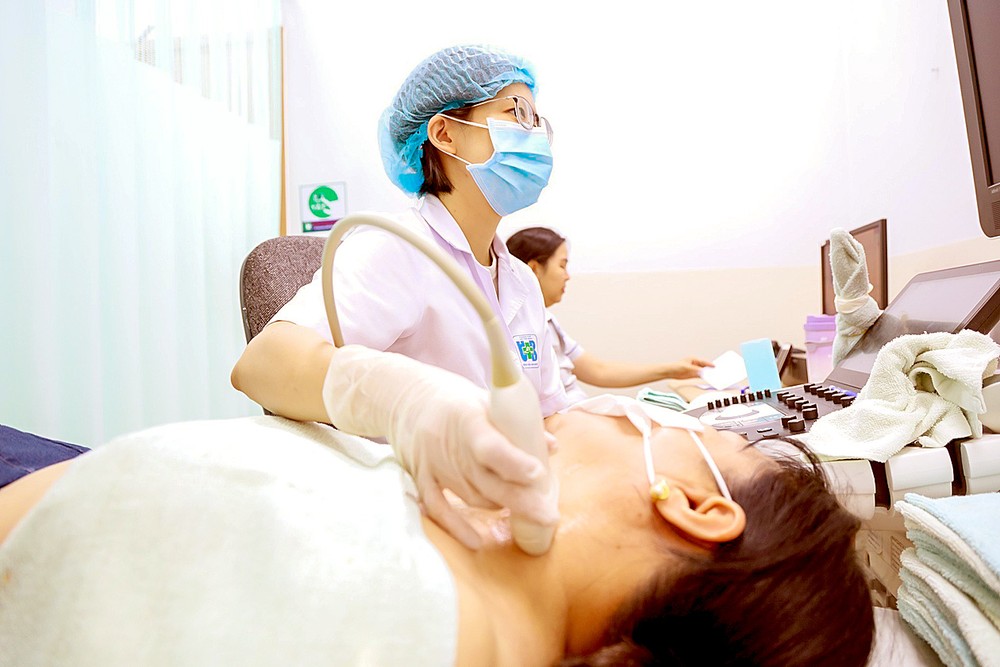
She said that there are usually only two to three doctors on a night shift but on some nights, from 10 to 15 emergency cases must be conducted, so medical workers often work through the night and continue the next morning as if it were a normal day.
She moaned that the job is extremely demanding and stressful, yet many of medical staff working at grassroots healthcare facilities earn barely enough to live on just VND8 million in salary and an additional VND3 million to VND4 million in allowances. She revealed that like many of other colleagues, she used to seriously think of quitting the job.
Many healthcare officials havestated that the current on-call allowance of VND90,000 per person for 24-hour shifts does not truly reflect the effort put in by healthcare staff. A doctor with over 10 years of experience at a public hospital in Ho Chi Minh City disclosed that each month, a doctor works approximately 8 days on call, and the allowance is less than VND1 million.
Meanwhile, many hospital leaders point out that current allowance rates for medical staff are still based on Decree No. 56/2011/ND-CP which was issued in 2011 leading to numerous inadequacies at present. For example, the 24-hour on-call duty allowance at hospitals in districts used to be VND90,000 per person, and although the base salary has been adjusted eight times over the past 14 years now reaching VND2.34 million per month, allowances for night shifts, surgeries, and medical procedures have yet to see a corresponding increase.
Meanwhile, many hospitals' current allowances for healthcare staff are based on Decree No. 56/2011/ND-CP issued in 2011 (Decree 56), which has led to numerous issues. The on-call payment for 24-hour shifts at district hospitals was previously set at VND90,000 per person, and over the past 14 years, the base salary has been adjusted 8 times, now standing at VND2.34 million per month while the allowances for on-call, surgical, and procedural duties have not been adjusted accordingly.
Deputy Director Nguyen Minh Tuan of the Quang Ninh Department of Health expressed that for many years, healthcare workers have consistently been at the forefront, being the first responders at hotspots of disease outbreaks and in facilities treating critically ill patients.
Furthermore, in the context of implementing the two-tier local government model, the merging and expansion of management areas in various provinces, cities, and communes has resulted in an increasing workload for healthcare personnel. This situation necessitates that policies be genuinely practical, equitable, and aligned with real-world conditions. Having effective policies that accurately recognize the efforts of healthcare workers will serve as a significant morale booster, help retain high-quality personnel, and promote sustainable development in the healthcare sector.
Talking about the ongoing challenges faced by medical personnel, President Pham Thanh Binh of the Vietnam Health Sector Trade Union stated that the 2024 report indicates the average monthly income for union members and workers in the health sector is VND13 million per person.
In reality, however, many healthcare workers at the grassroots level and within the preventive medicine sector may be significantly fewer. Additionally, most public non-business units in the health sector operate autonomously to enhance effective service delivery and improve labor productivity, yet the conditions for medical staff have not seen improvement due to the inaccurate and insufficient calculation of medical service prices.
To balance salary payments for healthcare professionals, numerous units restrict hiring; the patient load is high while the number of medical personnel remains stagnant, resulting in heightened work pressure for employees. Consequently, the Ministry of Health has suggested revising the preferential allowance for the profession as per Decree 56 and increasing the on-duty allowance to align with the rise in the basic salary.
According to a representative from the Ministry of Health, the implementation of Decree 56 has exposed numerous shortcomings, largely due to shifts in Vietnam’s disease landscape. The emergence of new and complex diseases, along with a rising prevalence of non-communicable conditions, has rendered the current policy outdated.
In response, the Ministry of Health is drafting a new decree that would regulate professional preferential allowances for civil servants and employees at public health facilities. This aims to attract and retain qualified doctors, pharmacists, nurses and those with university degrees or higher especially at grassroots healthcare units and in preventive medicine, where the shortage of skilled personnel remains a critical issue.
The proposed policy also seeks to create stronger motivation for healthcare workers to remain committed to long-term service in primary care and public health, ultimately helping to reduce staff turnover. The professional preferential allowance would be calculated based on a percentage of the employee’s current salary, rank, and level, including any leadership or seniority bonuses (if applicable).
Under the draft proposal, the highest preferential allowance—set at 70 percent—would apply to individuals in specialized roles, such as treating Category A infectious diseases, working in ethnic minority areas, or serving in preventive medicine. Other allowance levels include 60 percent, 50 percent, and 40 percent, depending on the nature, risk level, and working conditions of the job. These would cover civil servants directly engaged in preventive medical work, as well as those caring for patients with infectious diseases.
